How to buy an oven
The oven is arguably the most important kitchen appliance, so make the right choice with our expert tips
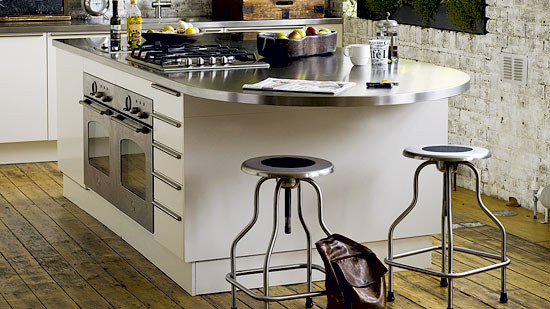

Ovens are an essential piece of kitchen kit, so make sure your cooker can stand the heat, be it a chic, built-in oven or a traditional range-style model. With countless programmes, easy-clean functions and huge capacities, cooking has just got a whole lot simpler.
Check out our buyer's guide on how to buy an ovens for everything from pricings to pros and cons.
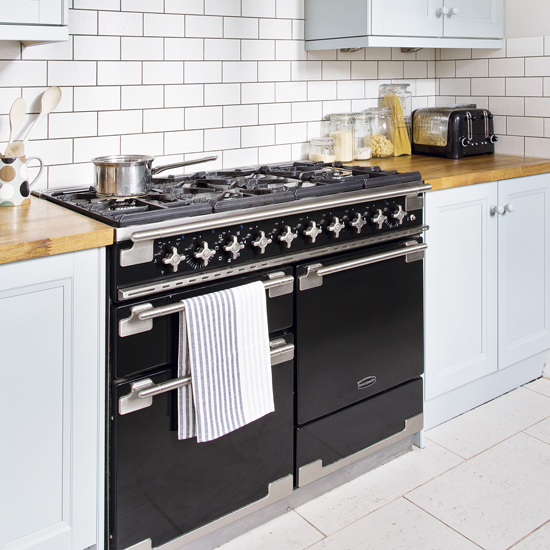
How to buy a range cooker
What is it?
Range and range-style cookers are a versatile choice for larger kitchens, but before you buy, it's important to understand the difference between them.
A traditional range constantly radiates heat into its ovens and hob plates, so it's always ready to use, and in some cases can provide heating and hot water for the household. On the other hand, a range-style cooker works like a conventional oven, so it won't heat your home and you turn each oven and hob on and off as you use it.
ProsRange-style cookers offer a multitude of functions for the keen cook, such as large-capacity ovens, up to six hob burners, grill plates and a fish kettle. They come as standard gas and electric models, but for even greater flexibility, consider a dual-fuel option that offers a gas hob combined with electric ovens.
Cons
They can be expensive to buy and run.
Head to
Rangemaster, AGA, Belling, Rayburn
How to buy a fan oven
What is it?
Also called convection ovens, these have a fan (or two) set into the rear wall and surrounded by
a heating element. Many have a grill and a defrost setting, too.
ProsThey heat up quickly and ensure an even cooking temperature throughout. As fan ovens can reduce cooking time by around 10 per cent, they save energy and offer good value.
Cons
Convection cooking can dry food out, particularly cakes.
What's new?
‘Standard fan ovens are not changing in performance terms but, as customers want the flexibility of extra space, we are seeing models with larger capacities,' says Vic Sinclair, buyer for John Lewis.
Head to
Beko, Electrolux, John Lewis, Samsung, Zanussi.
How to buy a multifunction oven
What is it?
With heating elements at the top and bottom, plus a grill and fan, these ovens cover a variety of cooking options. Some even have functions for pizzas, defrosting, and (on top-end models) steaming.
Pros
Cooks food in the most appropriate way, eg conventional for cakes, fan grilling for a roast. Will please old-school chefs, while the automatic programme technology will appeal to busy cooks.
Cons
Some offer a mind-blowing list of settings, from rotisserie to keep-warm, so you may feel you're paying for functions you won't use.
What's new?
Top-of-the-range multifunction ovens can select the perfect cooking sequence for your food through ‘intelligent' automatic programming technology, eg defrosting meat and then cooking it or cooking and then crisping the top of a dish.
Head to
Beko, Electrolux, John Lewis, Smeg, Wolf.
How to buy a steam oven
What is it?
Usually featuring a removable, integral water tank (although some are plumbed in), steam ovens use water vapour to cook food - fast. Pressurised models cook at 1000˚C higher than conventional ovens.
Pros
A speedy, healthy way to cook, as steaming seals in flavour and vitamins. Great for vegetables and fish, steam cooks gently, allowing dishes to retain their nutrients and texture.
Cons
Steam-only ovens can't brown or crisp food. Pressurised models can be too powerful for fish and desserts.
What's new?
Steam cooking is becoming popular as an option in combi-microwaves, multifunction and compact ovens. So what started as a specialist product is moving into the mainstream.
Head to
De Dietrich, Electrolux, Gaggenau, Hotpoint, Miele, Neff.
How to buy a single oven
What is it?
Single ovens are made up of one single cavity. A compact 45cm design offers around 40 litres of space - more than enough for a roast chicken. A regular oven can now squeeze in 70 litres - the capacity of old double ovens. Professional designs can offer 100 litres plus.
Pros
Not only does it slip seamlessly into your fitted scheme, but the latest designs also offer unrivalled capacity and features to make your mealtimes much easier. As well as the basic fan cooking, grilling and top/bottom heat, single ovens can boast rotisserie spits, pizza stones, steam injection, microwave, self-cleaning modes and even pre-programmed timers, temperature settings and sensors to take the guesswork out of cooking.
Cons
Only having one oven to cook with has its limitations, particularly if you need to grill and bake at the same time.
What's new?
Thanks to standardised dimensions, the vast majority of new single models will fit into your existing oven cavity, making it quick and easy to update without starting your kitchen from scratch. Some ovens now even come with pre-set temperatures and timings for a selection of popular dishes.
Head to
Beko, Hotpoint, John Lewis, Miele, Siemens, Wolf.
How to buy a double oven
What is it?
Double ovens are made up of two separate cavities - usually a conventional oven and grill above (with a 30-35l capacity) combined with a multifunction or fan oven below (with a 45-70l capacity).
Pros
Each oven works independently so they can be used together at different temperatures, or alone
to cook small meals economically. The joint capacity is greater than that of a standard 50-60l oven.
Cons
If you have two ovens, you're likely to use both of them, which will increase your fuel costs.
What's new?
‘Compact ovens that deliver both capacity and flexibility are becoming a popular alternative to standard double ovens,' says Les Wicks, head of product and buying at Beko. These include rows, blocks and columns of everything from steam ovens to warming drawers.
Head to
Beko, Hotpoint, John Lewis, Miele, Siemens, Wolf.
Take a look at our pick of the best ovens on product finder for more inspiration.
Get the Ideal Home Newsletter
Sign up to our newsletter for style and decor inspiration, house makeovers, project advice and more.

Thea Babington-Stitt is the Managing Editor for Ideal Home. Thea has been working across some of the UK’s leading interiors titles since 2016.
She started working on these magazines and websites after graduating from City University London with a Masters in Magazine Journalism. Before moving to Ideal Home, Thea was News and Features Editor at Homes & Gardens, LivingEtc and Country Homes & Interiors. In addition to her role at Ideal Home, Thea is studying for a diploma in interior design with The Interior Design Institute.
-
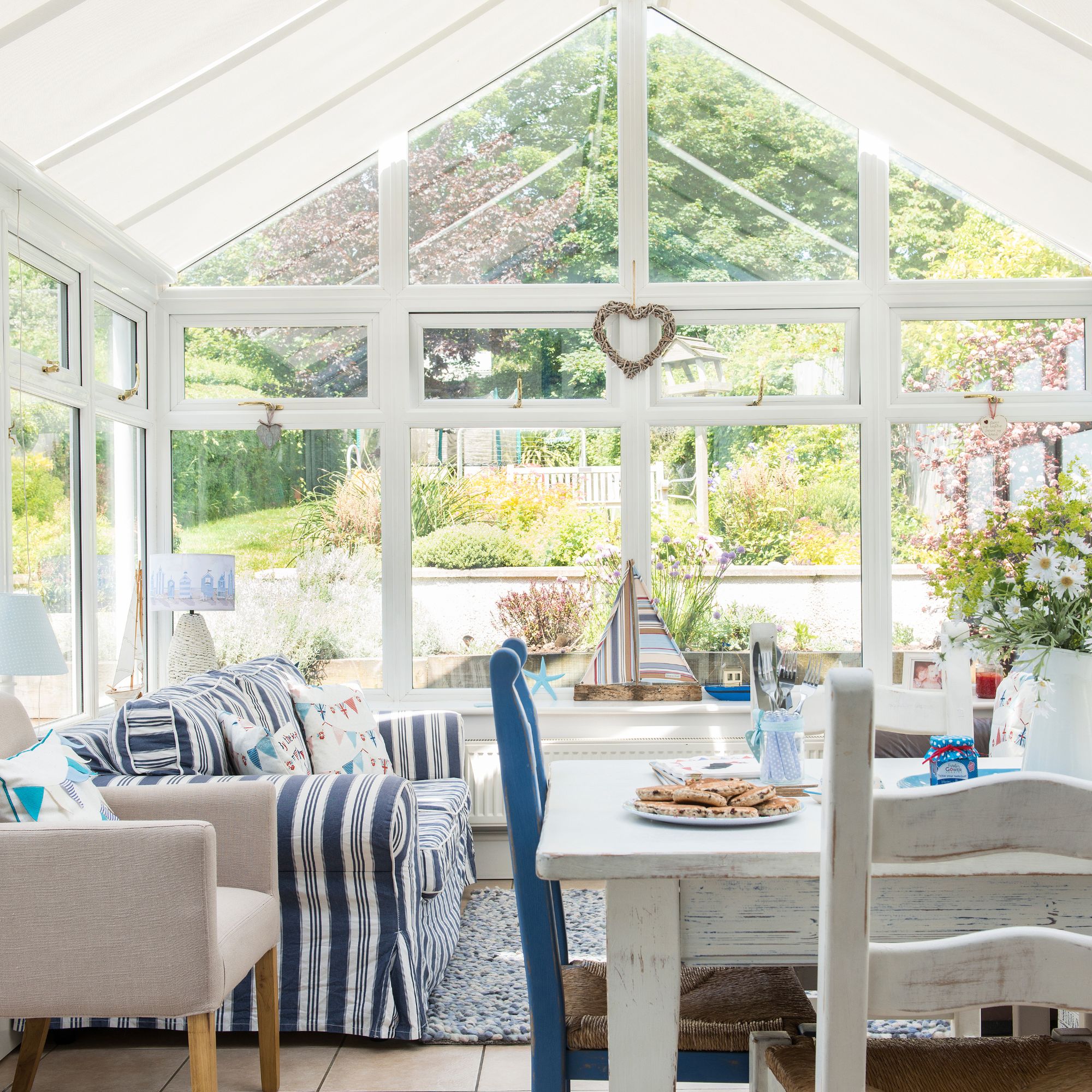 Is it cheaper to build an extension or a conservatory?
Is it cheaper to build an extension or a conservatory?One is usually cheaper, but it turns out that's not always the case
By Amy Reeves
-
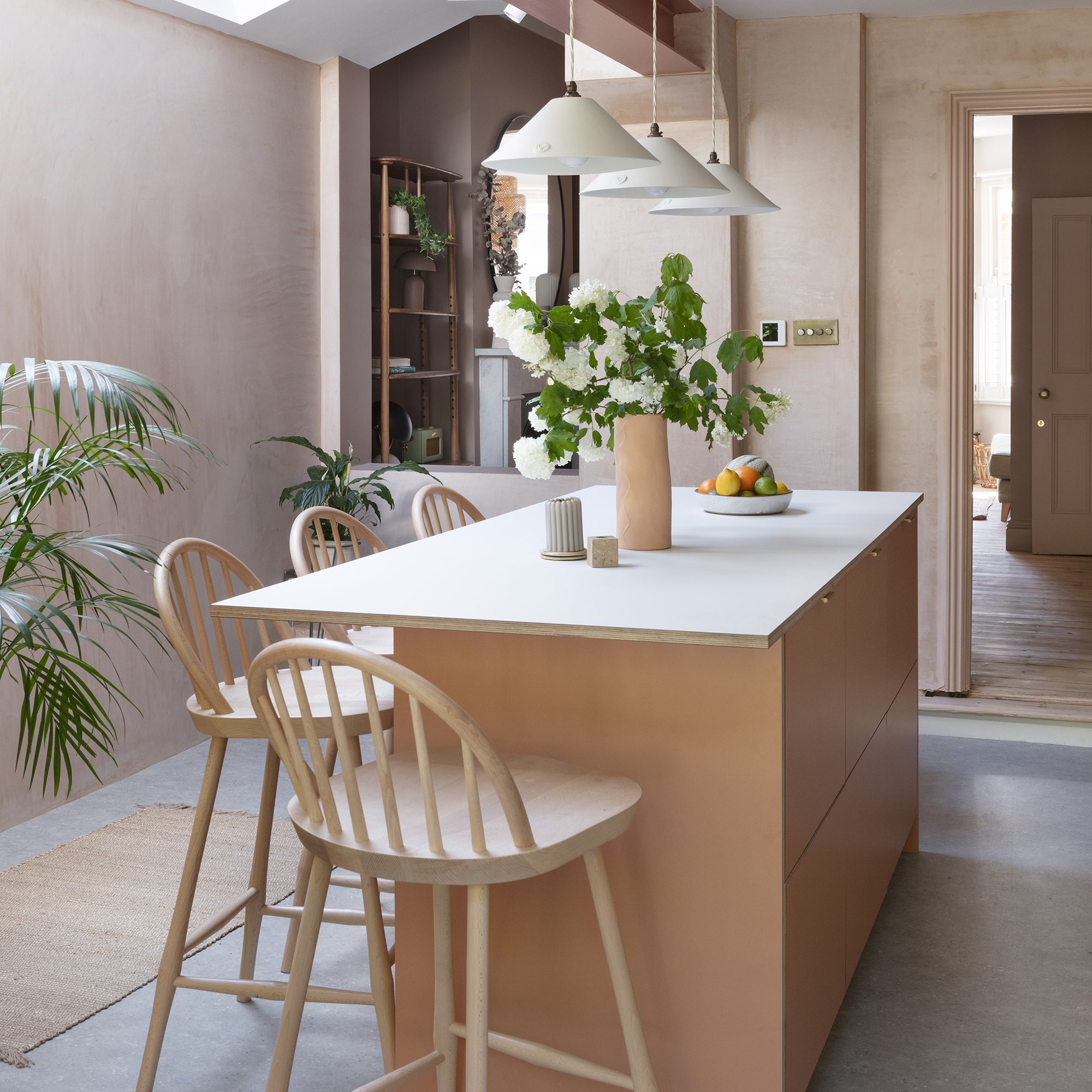 Can you add an island to an existing kitchen? Yes, but these are the 3 considerations to be aware of
Can you add an island to an existing kitchen? Yes, but these are the 3 considerations to be aware ofAdding an island is easier than you might think
By Holly Cockburn
-
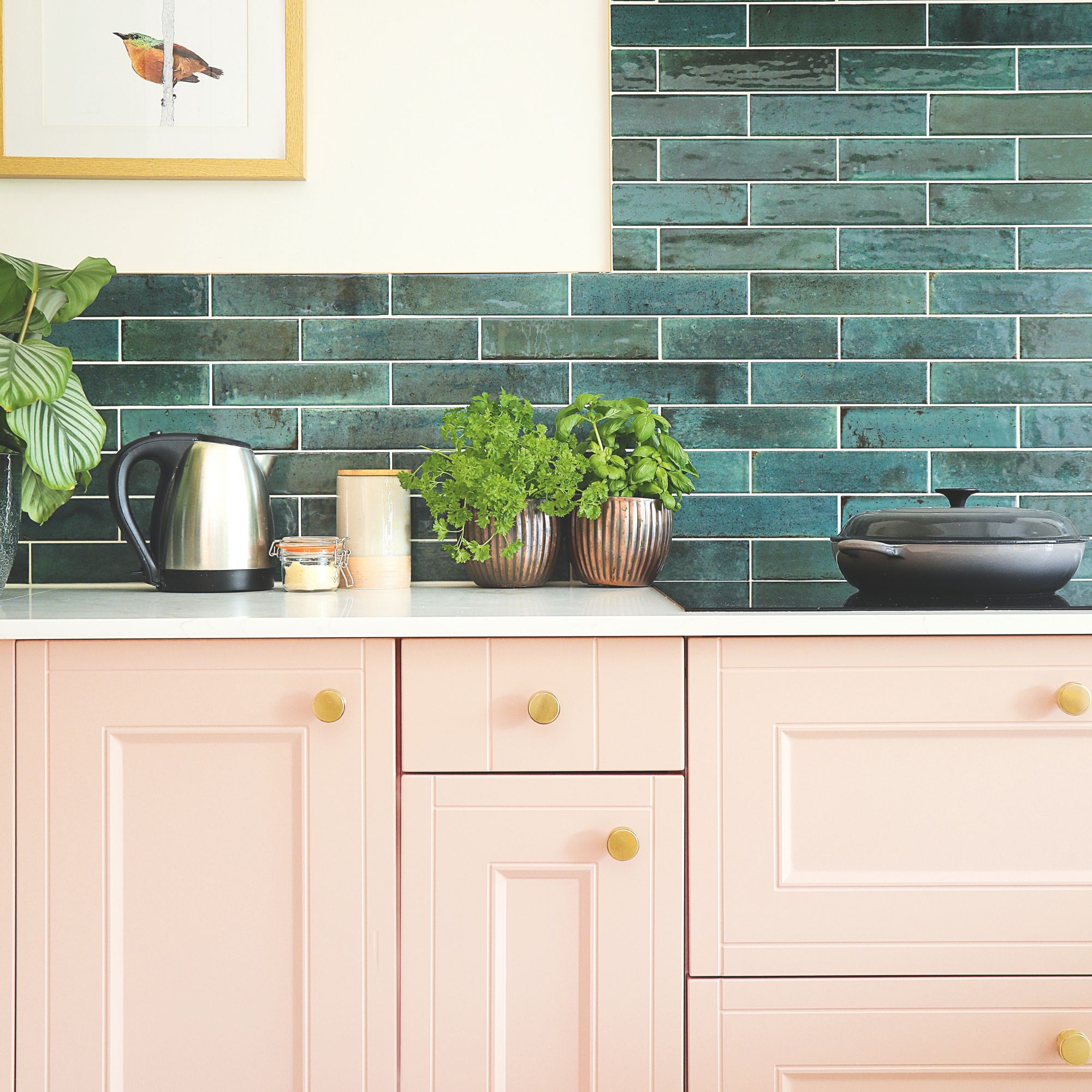 Think your mop is just for cleaning your floors? Think again — these are the 7 things you should be cleaning with a mop
Think your mop is just for cleaning your floors? Think again — these are the 7 things you should be cleaning with a mopThis trusty tool is more adaptable than you might realise
By Rebecca Lawton